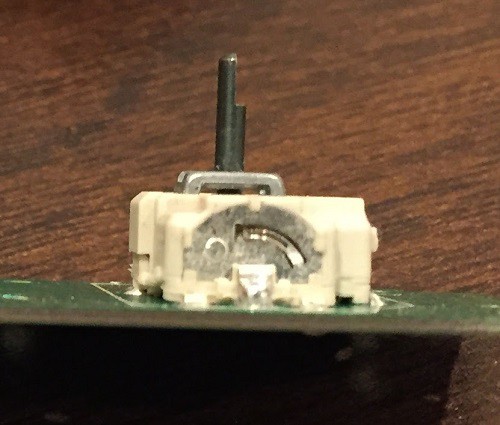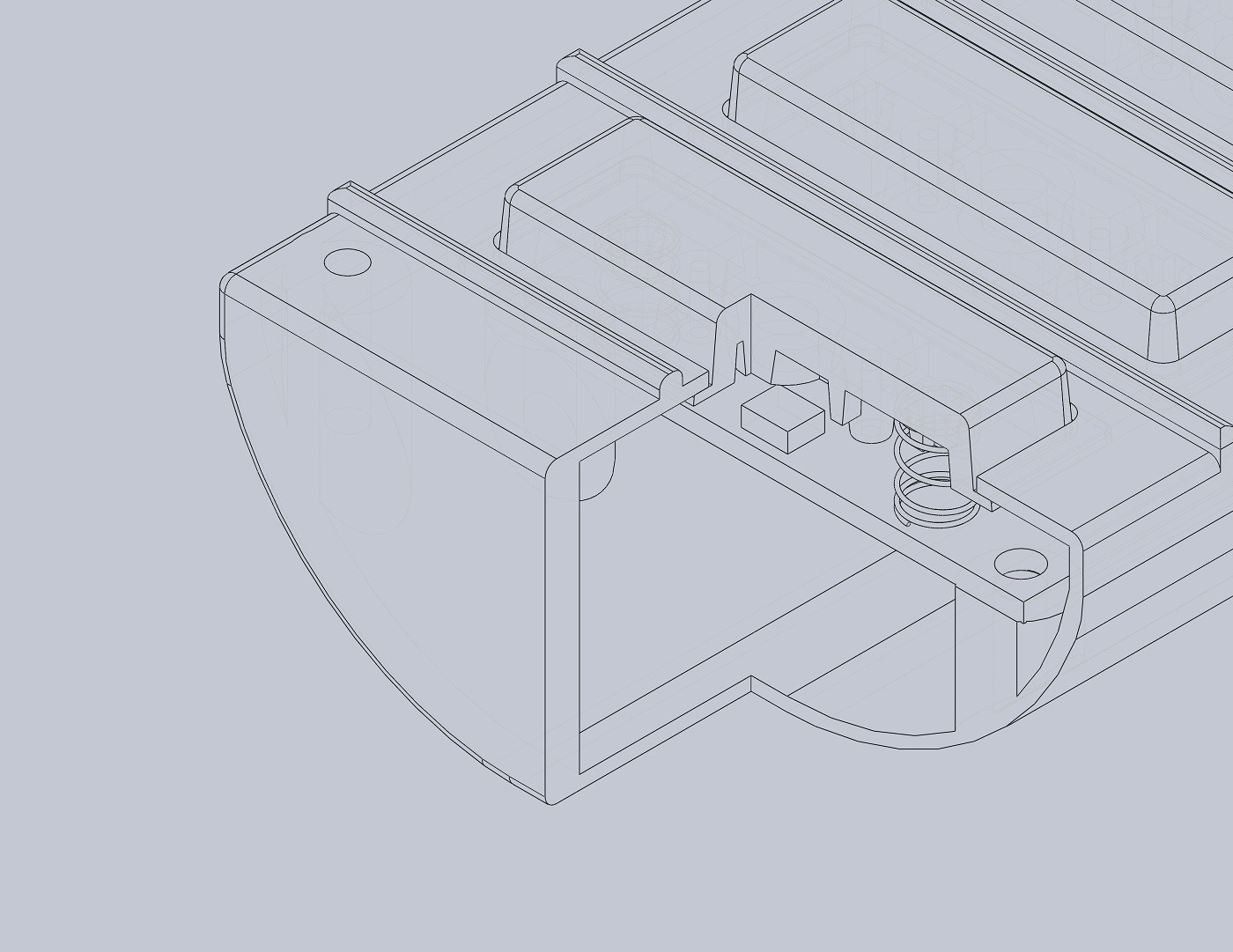The first Litar prototype used some 2D hall effect joysticks (with button click) as a demonstration to enable advanced chord control, vibrato as well as ambidextrous control:

These joysticks were based on the AMS Easypoint N40P107 assembly which uses the AS5013 two-dimensional magnetic position sensor. These are great little compact assemblies, however unfortunately the manufacturer has decided to no longer make these and leave it up to the product designers to make their own magnetic pointer with the position sensor.
This left one of two options, either make your own pointer assembly, or move to a low profile analogue joystick instead. Low profile analogue joysticks with a button click are unfortunately difficult to find it turns out, unless you want large quantities of them (like the ones in the 8bitdo pro controllers):

I set that problem aside for another day and continued to play further with the Litar...
After a while and letting different people play with it, it was found that lateral motion in your fingers on something you are holding onto with the same hand was not only difficult, but actually caused a fair bit of strain after a short amount of use. I tried moving the buttons around in the case to make them more ergonomic, but they were still difficult to play and removed the ambidexterity of the controller.
So I set out to design something different. I wanted to be able to still do vibrato, so I needed a linear sensor of some sort, preferably with some sort of pressure control. Why not a linear hall effect sensor with springs and a simple rectangular button?!
This sort of setup does simplify the chord input a fair bit, but it does still give you varying levels of control input and can still be waggled for vibrato.
Here's a cutaway of what I came up with:

The linear hall effect sensor sits on a PCB, as does two springs on each side of the button. The button moves freely in the hole of the case and is held there by the springs. There's two stoppers on the button part that hits the PCB as it comes down and these stoppers could press a momentary switch. There's a magnet in the center of the button as well.

 Blecky
Blecky
Discussions
Become a Hackaday.io Member
Create an account to leave a comment. Already have an account? Log In.